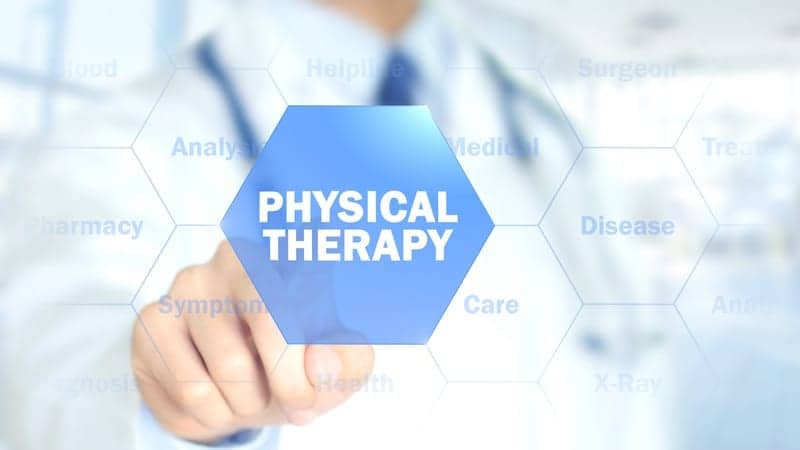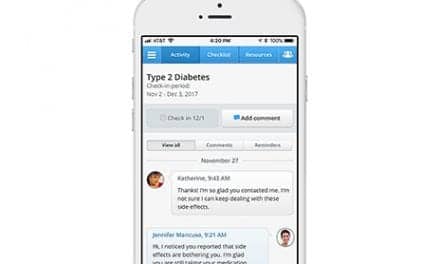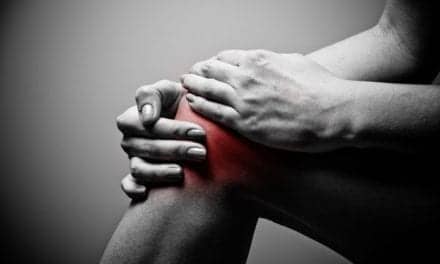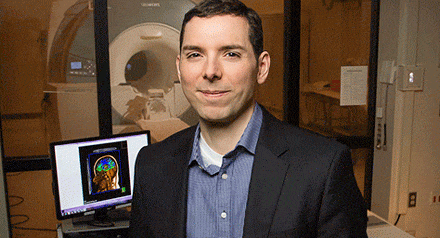Brooks Rehabilitation, Madonna Rehabilitation Hospital, and Mary Free Bed Rehabilitation Hospital are teaming to launch a research study to obtain vital data and feedback that will be used to help shape the future of telehealth rehabilitation in response to public health crises such as the COVID-19 pandemic.
“This virus has been a catalyst to many changes in all of healthcare, including the expansion of virtual visits via telehealth. The study will focus on the experiences of rehabilitation patients and providers during the pandemic and will further inform how telehealth rehab services are performed in the future.”
— Dr. Raine Osborne, Director of Research at Brooks Rehabilitation and study principal investigator
Without the ability to treat patients in person, the continuity of patient care has been put at risk. Rehabilitation professionals express concern over the loss of vital touch points needed to facilitate patient treatment and progress, as barriers like a lack of appropriate technology or access to telehealth portals prove to be immediate hurdles.
Historically, telehealth has hit a myriad of roadblocks due to regulatory and reimbursement issues. The pandemic has pushed through the necessity for innovation in patient care via virtual platforms, and this timely study will provide insight into the widespread, vital changes needed in order to continue to advance rehabilitation care, a media release from Brooks Rehabilitation explains.
“Many previously perceived barriers of telehealth have become invalidated, and patients and providers are seeing benefits of these services. Virtual services will continue to become an expectation of innovative healthcare and provide consumers with the access and convenience that they are looking for from their healthcare services.”
— Emily Rumery, study co-investigator, OTD and Virtual Services Coordinator for Madonna Rehabilitation Hospitals
Virtual visits serve as an innovative means to interact with patients in a way that reduces PPE utilization amid a national shortage, as well as reduces exposure to COVID-19. Information gleaned from the study will further elevate safety for patients and providers, as well as build on the foundational methods for virtual care facilities like Mary Free Bed Rehabilitation Hospital have been working on in recent years.
“Since we started on this journey 4 years ago, we put processes in place to integrate telehealth workflow into existing patient care so it did not become ‘one more thing;’ we wanted to reduce the stigma of that right out the gate. It’s something that was very important to us.
“We created an efficiency within the workflow. The education we provided the clinicians and the medical staff as well as patient service coordinators was something that really helped when we flipped the switch to go all virtual. We had the foundation already there.”
— Jason Peoples, HB, co-principal investigator, Mary Free Bed Rehabilitation Hospital
Results will provide essential information that will help drive the creation of telehealth resources for patients and shape the way telehealth is executed in rehabilitation. In addition, findings will support initiatives and legislation needed in order to meet the needs of patients and providers nationwide.
The survey will target rehabilitation patients and providers who have received and delivered care since the pandemic was first declared on March 11, 2020. Data is anticipated to be available early 2021, per the release.
[Source(s): Brooks Rehabilitation, PR Newswire]
Related Content:
Virtual Physical Therapy Could Help Fill Gaps in Treating All Too Real Pain
ARIA for Remote Physical Therapy on Horizon for 2021
APTQI Urges Congress, CMS to Allow Reimbursement for Physical Therapy Telehealth Services Amidst COVID-19 Pandemic
Virtual Reality Offers a Helping Hand to Complete PT Exercises at Home





